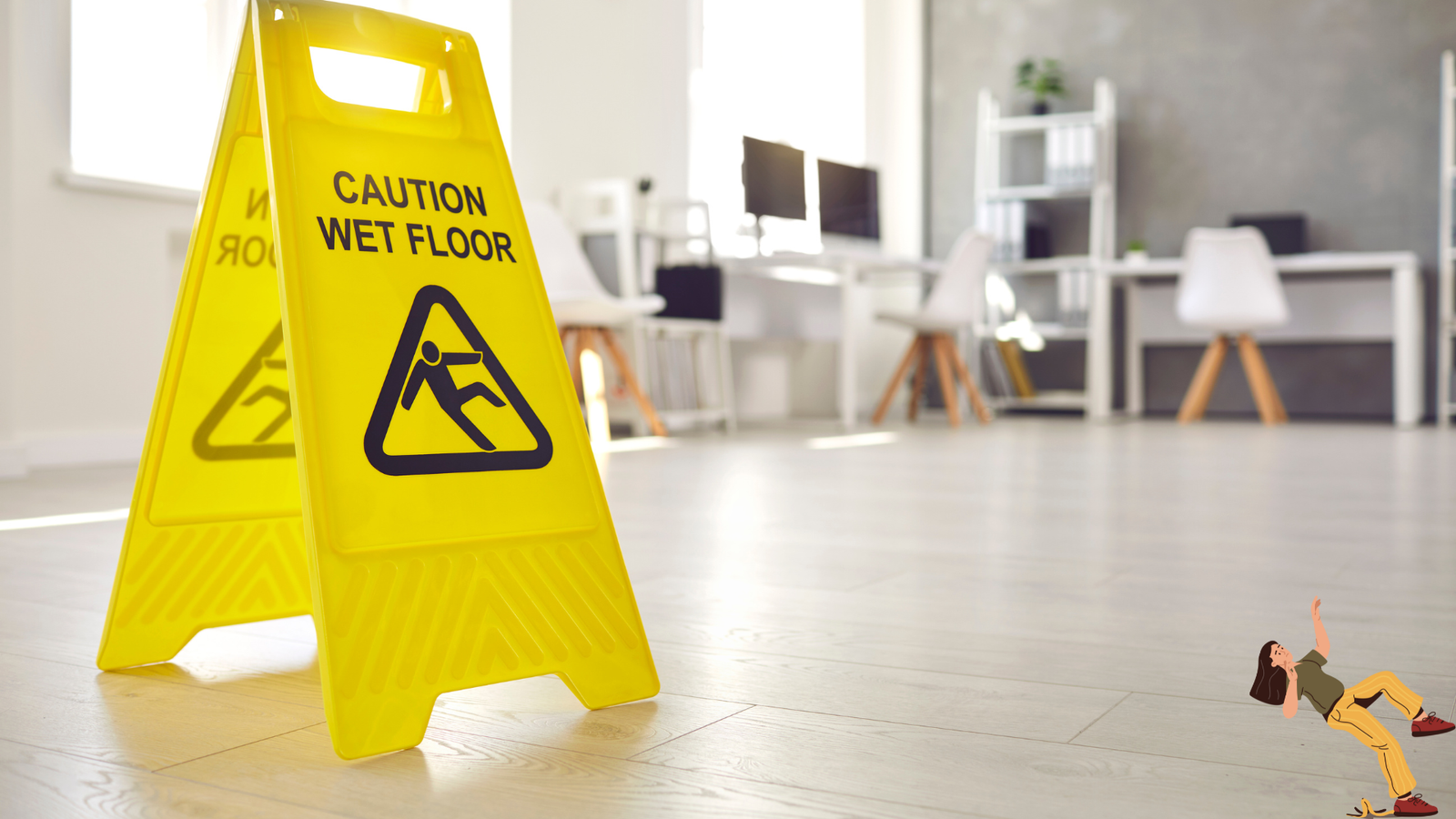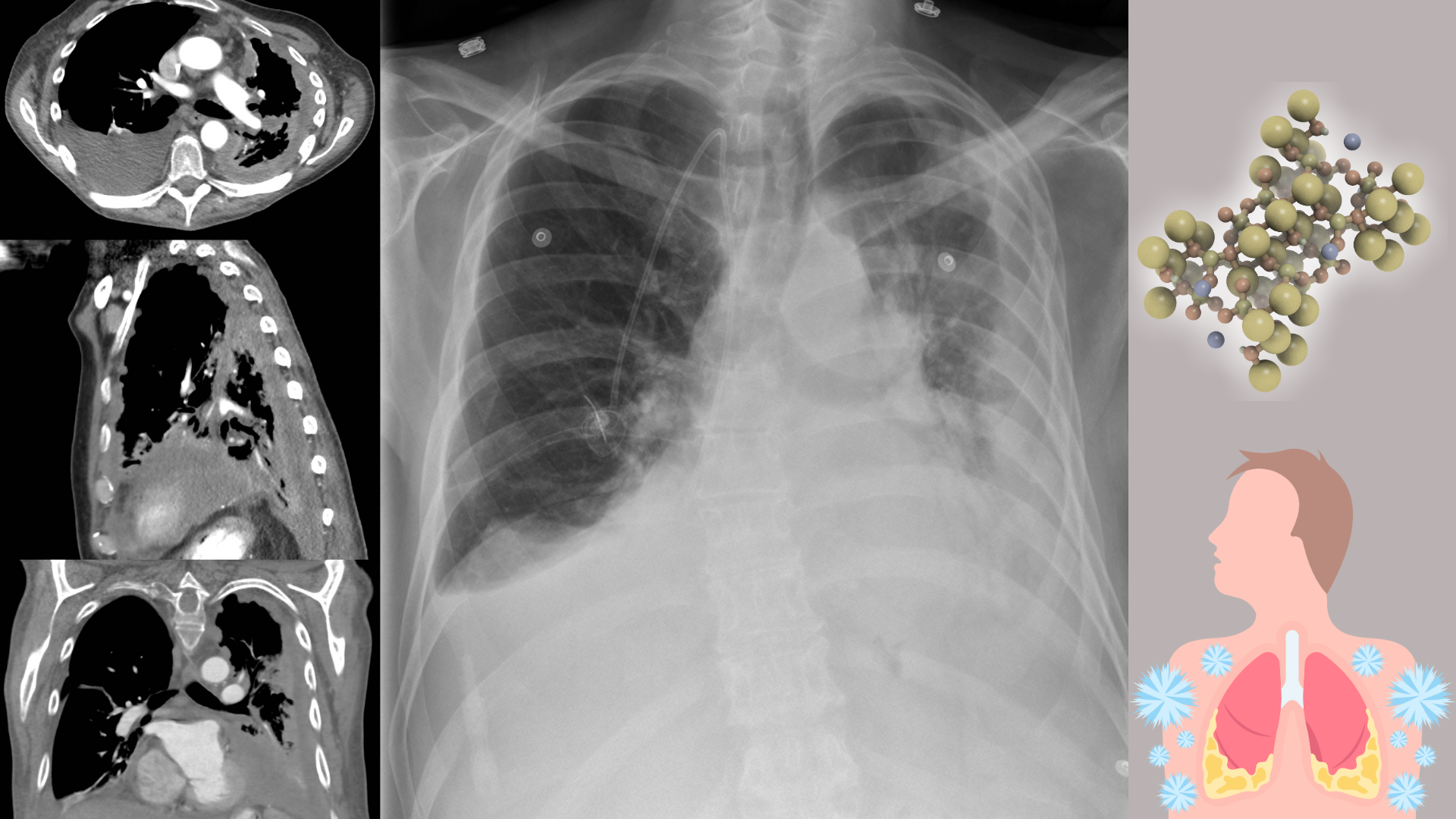Allergies can make life at home uncomfortable and challenging. Many suffer from sneezing, itchy eyes, and other symptoms triggered by common allergens like dust, pollen, and pet dander. While medication can provide relief, there are other effective ways to minimize allergens in your living space. One of the most impactful methods is to use proper air filtration systems to cleanse the air you breathe daily. Let’s explore various tips for allergy sufferers, focusing on the role of air filters in creating a healthier home environment. We’ll also delve into the importance of having a well-designed air filter housing to ensure optimal filtration. By the end, you’ll have a clear understanding of how to improve indoor air quality and alleviate allergy symptoms effectively.( Read: what-is-latex-allergy-and-how-can-we-prevent-it/)

Understanding Allergies and Indoor Air Quality
Indoor air quality plays a significant role in managing allergies. Pollutants like dust mites, mold spores, and pet dander are common triggers that can worsen symptoms. While you can’t control the outdoor environment, you can significantly improve the air quality inside your home. Ensuring clean air indoors helps reduce the exposure to allergens and provides a healthier living space.
One of the first steps in improving indoor air quality is identifying the sources of allergens. Regular cleaning and minimizing clutter can help, but it’s not always enough. Implementing effective air filtration systems is crucial for removing microscopic particles that contribute to allergies.
Choosing the Right Air Filter
Not all air filters are created equal. Selecting the right one for your needs can make a significant difference in your allergy relief efforts. High-efficiency particulate air (HEPA) filters are among the best options for capturing tiny particles, including dust, pollen, and pet dander. HEPA filters are designed to trap 99.97% of particles that are 0.3 microns in size, making them an excellent choice for allergy sufferers
When choosing an air filter, consider the size of your home and the specific allergens you want to target. Some filters are better suited for capturing pet dander, while others may be more effective against dust mites. Understanding your needs will help you select the most appropriate filter for your home.
Proper Maintenance of Air Filters
Regular maintenance is essential to ensure your air filters work efficiently. Over time, filters can become clogged with trapped particles, reducing their effectiveness. Most filters need to be replaced every three to six months, depending on usage and the level of pollutants in your home. Always follow the manufacturer’s recommendations for replacement schedules to maintain optimal performance.
In addition to replacing filters, regular cleaning of your HVAC system can help keep your indoor air clean. Dust and debris can accumulate in the ducts, reducing the efficiency of your filtration system. Scheduling regular professional cleaning can help maintain your system’s performance and prolong the life of your filters.
Significance of Well-Designed Air Filter Housing
The design of your air filter housing is crucial for ensuring optimal filtration. A well-designed housing ensures that air passes through the filter without any gaps or leaks, maximizing the filter’s effectiveness. If the housing is poorly designed or improperly sealed, allergens can bypass the filter, reducing its overall efficiency.
Filter housings should be sturdy and fit snugly within the HVAC system. It’s also important to check for any wear and tear or damage that could compromise the seal. Regular inspections can help identify issues early and prevent potential problems. Upgrading to a high-quality filter housing can significantly improve your system’s ability to remove allergens from the air.
Additional Tips for Allergy Relief at Home
Besides using effective air filtration systems, there are other steps you can take to reduce allergens in your home. Here are some additional tips:
Regular Cleaning: Dust and vacuum your home regularly to remove surface allergens. Use a vacuum with a HEPA filter to prevent particles from being re-released into the air.
Control Humidity: High humidity levels can promote mold growth, which can worsen allergy symptoms. Use a dehumidifier to maintain humidity levels between 30% and 50%.
Wash Bedding Frequently: Wash bed linens, pillowcases, and blankets in hot water weekly to kill dust mites and remove allergens.
Keep Windows Closed: During high pollen seasons, keep windows and doors closed to prevent outdoor allergens from entering your home.
Use Allergen-Proof Covers: Encase mattresses and pillows in allergen-proof covers to reduce exposure to dust mites.
The Benefits of Improved Indoor Air Quality
Implementing proper air filtration and maintaining a clean home environment can provide significant benefits for allergy sufferers. Improved indoor air quality can lead to fewer allergy symptoms, better sleep, and overall enhanced well-being. By investing in high-quality air filters and ensuring proper maintenance, you can create a healthier living space for you and your family.
Allergy relief at home is achievable with the right strategies and tools. Proper air filtration plays a pivotal role in reducing indoor allergens and improving air quality. By selecting the right air filter, maintaining it regularly, and ensuring a well-designed filter housing, you can make a significant difference in your home’s air quality. Coupled with regular cleaning and additional allergy-reducing measures, you can create a comfortable and allergen-free environment. Start implementing these tips today and breathe easier in the comfort of your own home.
Download Photo of the day: Indoor Air Quality



